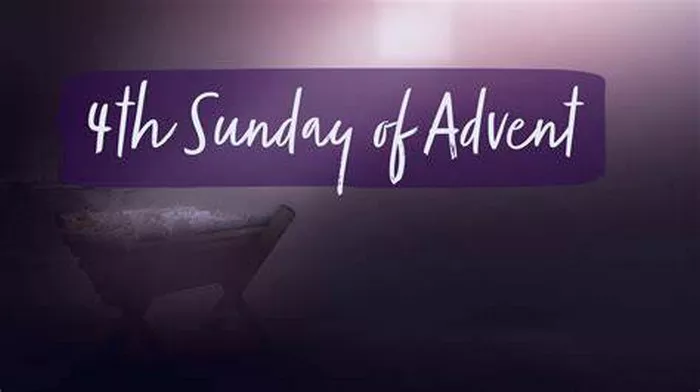Advent Sunday stands as a beacon of hope, ushering in the liturgical year with a sense of anticipation, reflection, and preparation. Embedded within the traditions of many Christian denominations, this sacred day carries profound significance, encapsulating both the historical journey toward Christ’s birth and the ongoing spiritual pilgrimage of believers worldwide. In this expansive discourse, we embark on a journey through the depths of Advent Sunday, uncovering its historical origins, theological underpinnings, liturgical practices, and contemporary relevance.
Historical Origins
The term “Advent” finds its etymological roots in the Latin word “adventus,” signifying “coming” or “arrival.” The observance of Advent traces its lineage to the early centuries of Christianity, when the church fathers established a period of spiritual preparation and penitence leading up to Christmas. Initially, Advent encapsulated a time of fasting and reflection, emphasizing both the imminent return of Christ and the commemoration of His incarnation.
By the sixth century, Advent had evolved into a formalized season within the Western Christian calendar, spanning four to six weeks preceding Christmas Day. The liturgical color associated with Advent—varying between purple and blue—serves as a symbolic representation of penance, preparation, and the royal nature of Christ’s coming. This somber hue underscores the solemnity of the season while also evoking a sense of anticipation for the advent of the King.
Theological Significance
At its theological core, Advent embodies a dual focus on the past and future comings of Christ. The season commences with a pronounced emphasis on eschatological themes, inviting believers to contemplate Christ’s second coming and the consummation of God’s kingdom. As individuals immerse themselves in the apocalyptic imagery of Scripture, they are compelled to examine their lives in light of Christ’s imminent return, fostering a spirit of vigilance, repentance, and hope.
Simultaneously, Advent directs our gaze backward to the incarnation—the pivotal moment when the Word became flesh and dwelt among us. Through the narrative of Jesus’ birth, believers encounter the profound mystery of God’s love made manifest in human form. Advent beckons us to journey alongside the ancient prophets who foretold the coming of the Messiah and to join Mary and Joseph in their anticipation of the Savior’s birth.
Liturgical Practices
Throughout the Advent season, churches engage in a myriad of liturgical practices and rituals designed to deepen spiritual awareness and cultivate a sense of expectancy. Foremost among these traditions is the Advent wreath, a circular arrangement adorned with four candles—three purple and one pink—symbolizing the passage of time and the increasing light of Christ illuminating the world. Each week, a new candle is lit, marking the progression toward the joyous celebration of Christmas.
Moreover, many churches observe the Jesse Tree tradition, tracing the genealogy of Jesus through key figures and events from the Old Testament. Through scripture readings, prayers, and symbolic ornaments hung on a tree or branch, believers are reminded of God’s faithfulness throughout salvation history and the fulfillment of His promises in Christ.
Contemporary Relevance
In the midst of a fast-paced, consumer-driven culture, the observance of Advent offers a counter-cultural invitation to slow down, cultivate mindfulness, and reorient our hearts toward the true meaning of Christmas. Amidst the flurry of holiday preparations, Advent beckons us to embrace a posture of waiting and expectancy, resisting the urge to rush past the sacred mystery of the Incarnation.
Furthermore, Advent serves as a poignant reminder of the tension between the “already” and the “not yet” of God’s kingdom. While Christ has come, ushering in salvation and redemption, the fullness of His reign remains a future reality. In a world marked by injustice, suffering, and division, Advent compels us to embody the hope, peace, joy, and love of Christ, laboring tirelessly for the renewal of creation and the establishment of God’s shalom.
Conclusion
As Advent Sunday dawns upon us each year, it beckons us to embark on a transformative journey—a journey characterized by anticipation, preparation, and expectation. Rooted in ancient traditions and timeless truths, Advent invites us to pause, reflect, and reorient our lives toward the One who came, who is present, and who will come again.
In the midst of the frenetic pace of modern life, may we heed the call of Advent to embrace the sacred rhythms of waiting and watching, trusting in the promise of Emmanuel—God with us. As we journey together through the season of Advent, may our hearts be awakened to the wonder of Christ’s incarnation, and may our lives be transformed by the hope, peace, joy, and love He brings.

